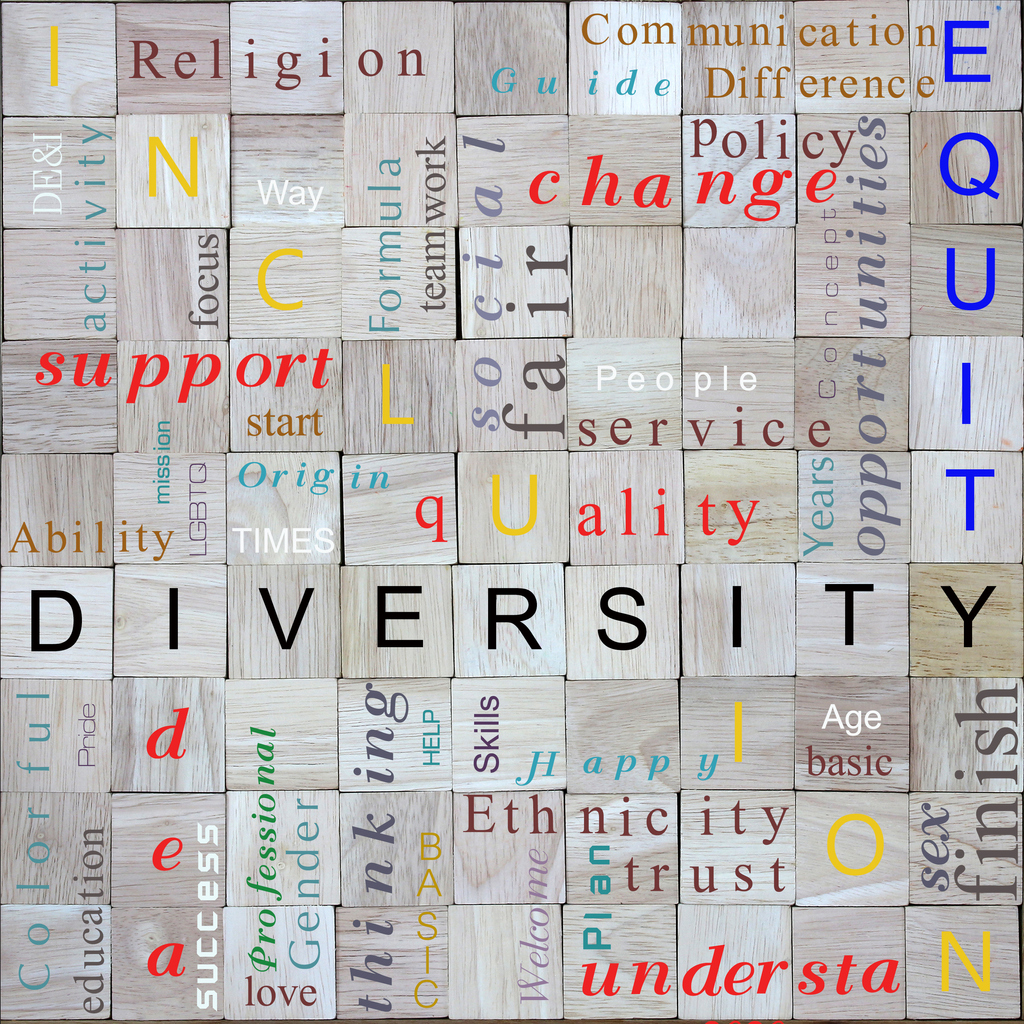Opinion: Cutting Restorative Justice at the High School Fits a Pattern: Maintaining White Control as Opposed to Valuing Diversity

Photo: istock

In spite of Amherst Regional School’s clear statements in support of racial justice and diversity, the proposal to eliminate the Restorative Justice position in the school budget is another example of how the whites in charge of the public schools fail to understand and enact a decision-making process that truly values diversity.
Having more numbers of people of color does not mean the town values racial diversity. After all, during slavery, those slave labor camps had more black people than white people. Whites were hugely out-numbered. The thing that mattered then, as now, is that the whites held all the power.
To truly value diversity, we whites would have to act in a way that demonstrates that we value that which is so different from us, i.e., the narratives, experiences and priorities of BIPOC people. To do that, we would have to attach the same weight to viewpoints and priorities of BIPOC people as we do to our own when making a decision.
Instead, what we see is a consistent pattern of making decisions based upon the white narrative, white priority or white interpretation of any one event.
Valuing diversity entails attaching value to what is different than our experience, viewpoint or priority. This is what is missing in so many interactions in the schools and in town government. We whites have our viewpoint and it makes sense to us. That is fine and appropriate. What is missing is a deep conviction (followed by action) that the viewpoints and priorities of those who differ from us are important enough that we choose to give them as much weight as our own. Given the white bubble that so many of us were raised in and maintain in our social networks, we lack the experience of seeing where incorporating what is so different from us, actually brings greater value to us than just acting upon the white perspective or priority.
Without that experience, a few diversity classes will not bring about any real change in how whites respond to viewpoints that do not fit the white perspective or priority. Instead, we will continue to see whites use our power to impose the solutions that fit our priorities or our understanding of events.
This was so evident with the incident where the police detained the predominantly black group of boys at Watson Farm last year. White decision makers saw or understood the officers to be acting in accord with the law. They discarded or dismissed information about how the police (Serve and Protect?) behavior impacted BIPOC people in town. They did not take into account something they do not know – how this event fits a pattern of police actions that is long-standing in town vis a vis BIPOC people. They also failed to let themselves feel what it feels like for BIPOC people who live here and have to deal the police. Again, the white experience and white perspective was treated as the singular criteria for deciding whether police behavior in this incident was appropriate or inappropriate.
The same holds true for the way the middle school principal has been treated. There are so many more examples, but until whites learn to hold those experiences with the same level of validity as ours, our town decision makers will remain locked in the “white bubble.”
Valuing diversity does not mean we wait until we agree upon one narrative, one explanation or one agreed-upon priority. No, valuing diversity means we acknowledge that different groups will see the same issue or event differently, and any decisions need to address all the different views or priorities of different groups. This is an entirely different approach than the current approach which defaults to win-lose decisions that meet the needs of the most powerful group. That approach maintains the power imbalance among racial groups, or socio-economic groups, or gender identity groups, etc. In order to adopt a stance of valuing diversity, we whites will have to learn to make decisions in a way that treats the viewpoints and wishes of other racial with the same importance as the white viewpoint or wishes. It creates equity via a decision-making process that equalizes the influence of all racial groups. This is a much different way of handling power than the one to which we are accustomed. However, if we don’t adopt such a process, we are merely holding onto white dominance, no matter how many people of color are around us.
Michael Burkart is a resident of Amherst
